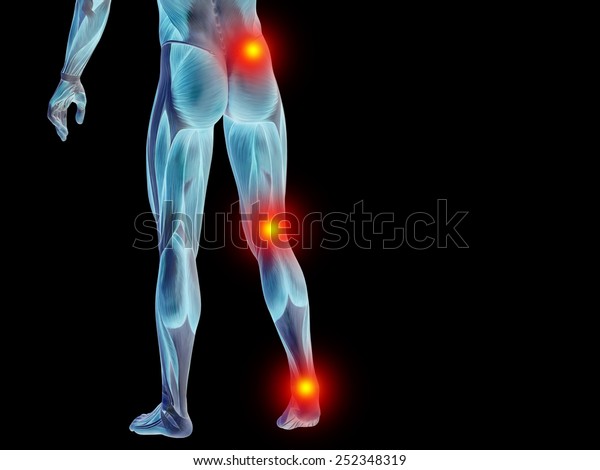


The study protocol was approved by the local ethical committee. The raw data was digitally filtered using a fourth-order Butterworth filter with zero lag and a cut-off frequency of 6 Hz for the trajectories and 10 Hz for the GRFs.

After the practice, ten gait cycles (five from the right leg and five from the left leg), as determined by force plates, were recorded. The participants were then allowed sufficient practice walks to ensure the maintenance of the natural gait. Before the walking trials, the positions of the markers were recorded while standing stationary. The participants were asked to walk barefoot at a comfortable, self-selected speed. Three-dimensional position data of 55 to 59 reflective markers attached to the participants’ body landmarks and ground reaction forces (GRFs) were obtained using a 3D motion-capture-system (VICON MX, Oxford, UK) with a sampling frequency of 200 Hz, and force plates (AMTI, Watertown, MA, USA) sampled at 1000 Hz (Fig. In this section, we will illustrate the details of gait data and the usage of Visual3D reader. (2)Measurement Environment and Instrumentsĭata acquisition was performed in a room with a straight 10m path for the participants to walk on. (2)Measurement Environment and Instruments.6:The skeltal model has been corrected.2:English page of AIST Gait Database 2019 released.In order to solve this problem, we started to distribute new database “AIST Gait Database 2019.” In this database, motion-capture-system data of ten gait cycles (5 gait cycles started from right heel contact and 5 gait cycles started from left heel contact) obtained from 300 participants were included. However, these data of gait cycles were all started from right heel contact, and therefore could not mention the difference between right and left leg. Two years later from our first open database, we started to distribute “AIST Gait Database 2015.” In this database, motion-capture-system data of five gait cycles (right heel contact to next right heel contact) obtained from 214 participants were included. In “AIST Gait Database 2013,” marker-name labeled raw data measured by optical motion-capture system of one gait cycle (right heel contact to next right heel contact) obtained from 139 participants were included. Release of AIST Gait Database 2019Īs the national research institute in Japan, we started to provide a large volume (more than 100), raw dataset measured by optical motion-capture-system (AIST Gait Database) in 2013. ※5 : Suspend "AIST Gait Database 2019" distribution.


 0 kommentar(er)
0 kommentar(er)
